Watches have been an essential part of our lives for centuries. They assist us with managing our calendars, keeping track of time, and even creating fashion statements. Due to technological improvements, watches have undergone tremendous evolution over time. Let’s examine the evolution of watches from straightforward timepieces to the complex devices we wear today.
Early Watches: From Sundials to Pocket Watches
Sundials, which determined the time by measuring the sun’s position, were the first timekeeping devices. Hourglasses and water clocks came after this. Modern watches, however, were made possible by the development of the mechanical clock in the fourteenth century.The first watches were pocket watches, developed in the 16th century. Gentlemen would carry these little, portable clocks in their pockets. Symbols of wealth and prestige, they were frequently elaborate and costly.
Wristwatches: From Fashion to Function
Watches gained popularity in the late 1800s. Though originally thought of as women’s accessories, their usefulness quickly gained them popularity among males, particularly during World War I. After the war, soldiers continued to find wristwatches to be more practical than pocket watches.
Quartz Revolution: Cost-effectiveness and Accuracy
The revolution in quartz came about in the 1970s. Quartz watches measure time by using an electric current and a tiny piece of quartz crystal. This method reduced the cost and increased the accuracy of timepieces. Compared to mechanical timepieces, quartz watches were far more dependable and required less upkeep.
Digital Watches: The Birth of a New Era
Digital timepieces started to appear at around the same period. These timepieces used LCD or LED screens to show the time. They provided tools like calculators, stopwatches, and alarms. Digital timepieces gained popularity fast and were perceived as futuristic.
Smartwatches: The Final Development
A smartwatch is the most sophisticated watch available today. These gadgets are much more than just time tellers. They have the ability to make phone calls, track your health, keep an eye on your heart rate, and receive notifications from your smartphone. On your wrist, smartwatches resemble tiny computers.Popular smartwatches include the Apple Watch, Samsung Galaxy Watch, and Fitbit. These gadgets offer a number of features that were unthinkable a few decades ago thanks to sophisticated sensors and software.
The Future of Watches
The future of watches looks promising, with continuous advancements in technology. Improved health monitoring capabilities, additional integration with other smart devices, and maybe new watch-interaction methods are all to be expected.The utilization of sustainable materials and energy sources is one innovative breakthrough. A growing concern for the environment may be seen in the rise in popularity of eco-friendly and solar-powered timepieces.

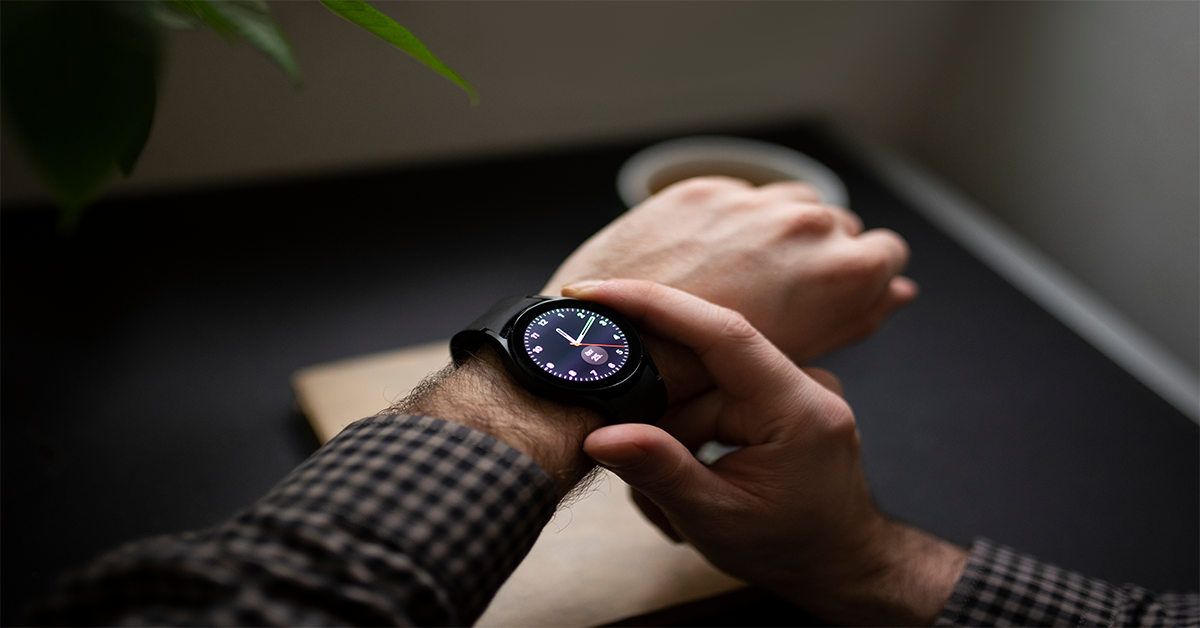





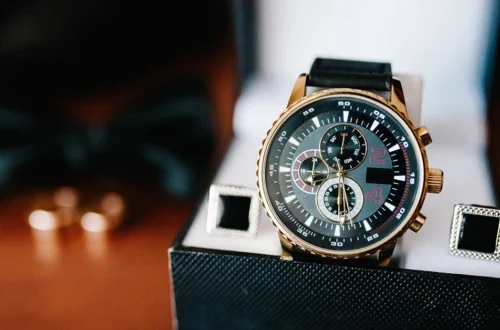
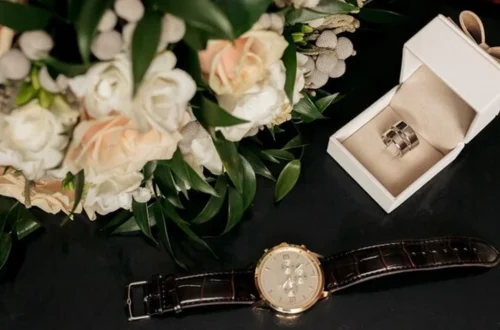
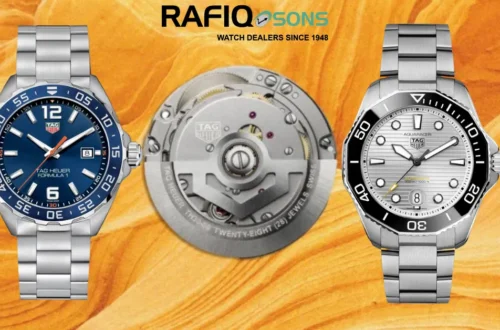



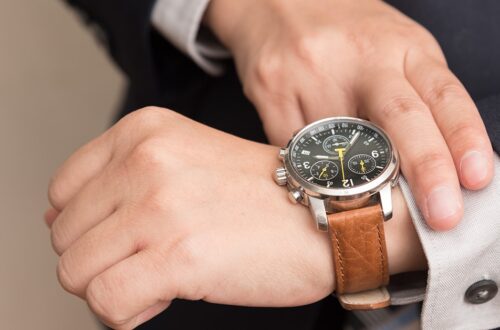


 Perfume orders require 50% advance
Perfume orders require 50% advance
